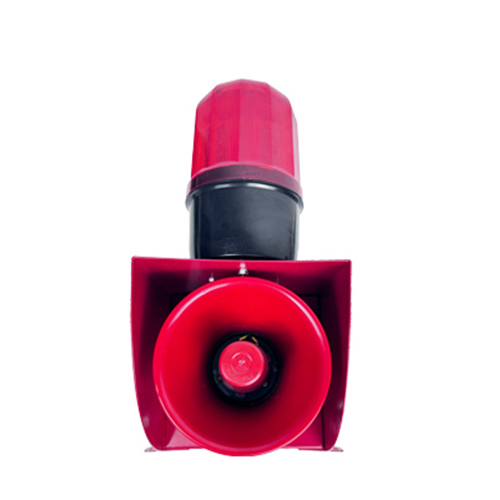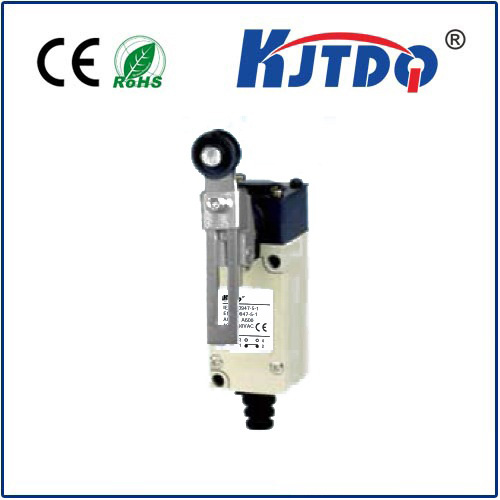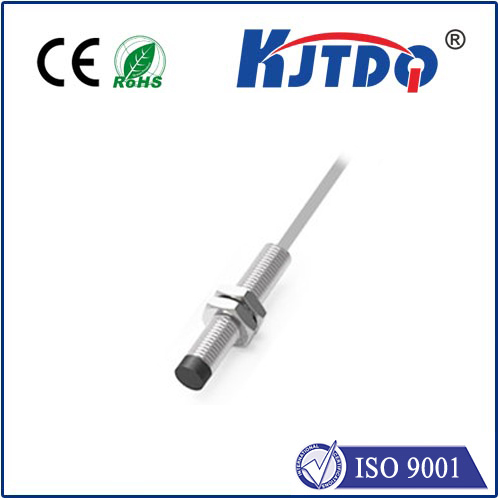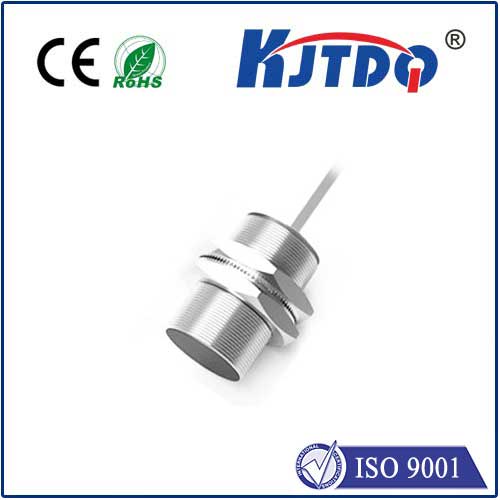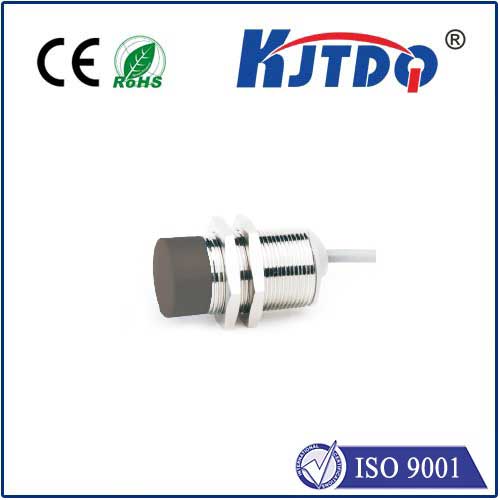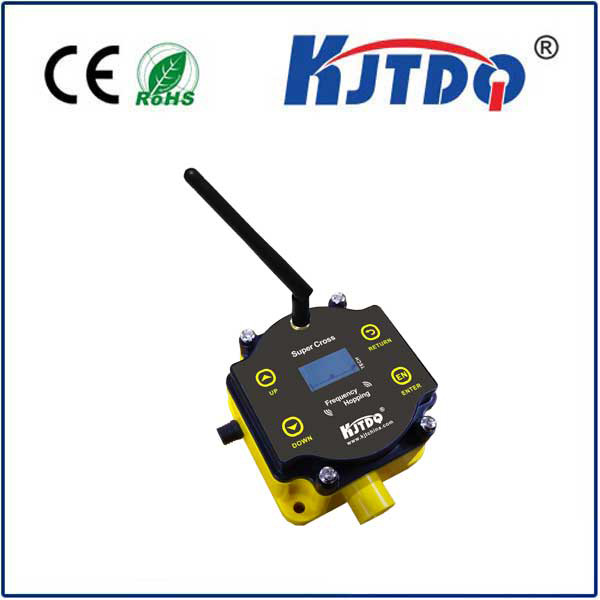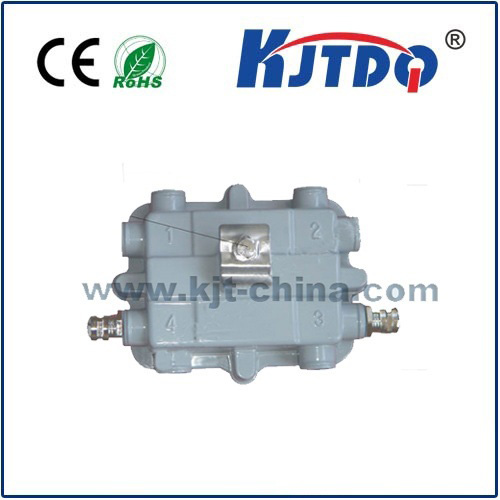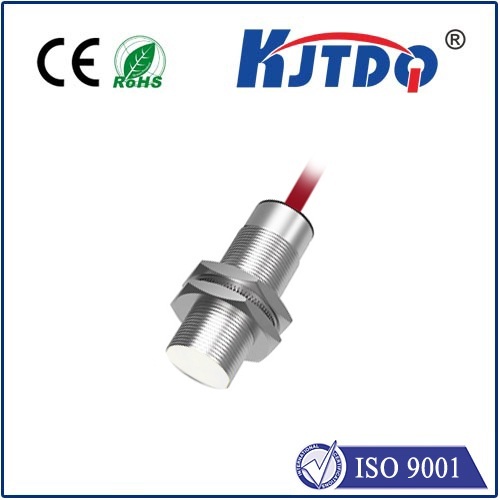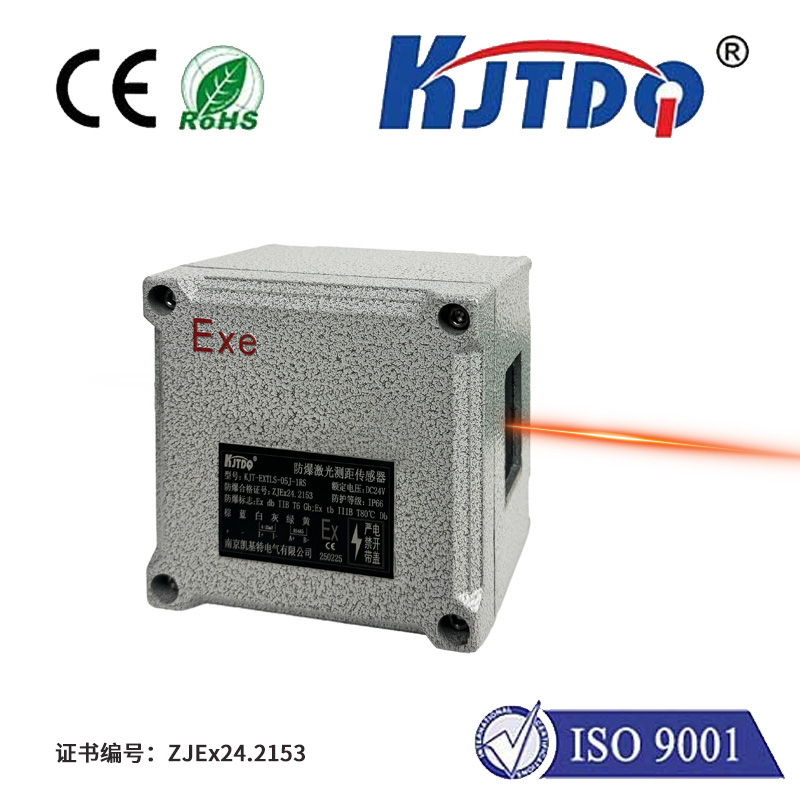

check

check

check

check

check

check

check

check

check

check
Title: Mastering the Art of Bar Bending with a Limit Switch
Introduction
Bar bending machines have revolutionized metalworking by allowing for precise and controlled bending of bars. However, the process can be challenging, especially when it comes to achieving optimal results consistently. This is where the limit switch comes in – a simple yet powerful tool that can significantly improve efficiency and accuracy in bar bending. In this article, we will delve into the world of bar bending machines and explore how the use of a limit switch can take your skills to the next level.
Understanding the Role of a Limit Switch in Bar Bending Machines
A limit switch is a type of mechanical switch used to detect the motion of an object and provide an output signal to control a device's operation. In the context of bar bending machines, a limit switch is typically located at the end of the bar being bent, and it functions as a threshold sensor. When the bar reaches its predetermined length or angle, the limit switch triggers an action in the machine, such as stopping the motor or changing the direction of the bend.
The Importance of Using a Limit Switch in Bar Bending Machines
The use of a limit switch in bar bending machines is crucial for ensuring consistency, safety, and precision in the process. By incorporating a limit switch into your setup, you can quickly and easily detect when the bar has reached its desired length or angle, which allows you to make adjustments as needed. This not only ensures that you produce high-quality work but also minimizes the risk of accidents related to over-bending or under-bending the bar.
Furthermore, using a limit switch can save you valuable time and effort when it comes to repeated tasks. Instead of constantly manually monitoring the progress of the bar, you can leave the limit switch in place and let it do the work for you. This frees up your attention to focus on other aspects of the project, such as adjusting settings or monitoring production metrics.
Tips for Effectively Using a Limit Switch in Bar Bending Machines
While limit switches are incredibly useful tools in bar bending machines, they require proper installation and calibration to ensure optimal performance. Here are some tips for effectively using a limit switch in your setup:
1. Choose the Right Location: The location of your limit switch is critical to ensuring accurate detection of the bar's position. It should be placed at or near the point where the bar is being bent, as close to the surface as possible without obstructing movement.
2. Ensure Clear Signal Paths: To avoid interference from other components or environmental factors, make sure there are clear signal paths between the limit switch and the machine controller. This may involve shielding or additional wiring arrangements.
3. Test and Calibrate: Before using your bar bending machine with a limit switch, test it thoroughly to ensure proper function. Once installed, regularly check and adjust any necessary settings or calibrations to maintain accuracy over time.
Conclusion
By understanding and utilizing the power of a limit switch in your bar bending machine setup, you can take your skills to new heights and achieve greater precision and efficiency in your work. Whether you are a seasoned professional or just getting started in metalworking, incorporating a limit switch is an essential step towards success in this exciting field. So why wait? Start exploring the possibilities of bar bending with a limit switch today!
